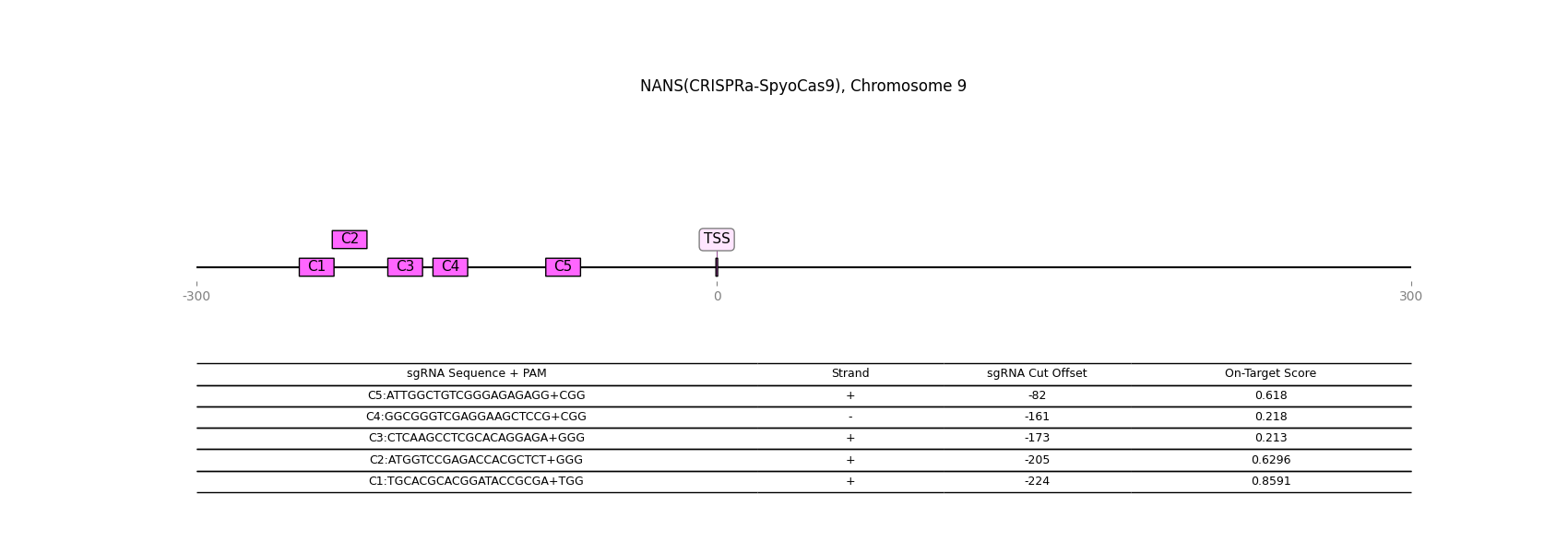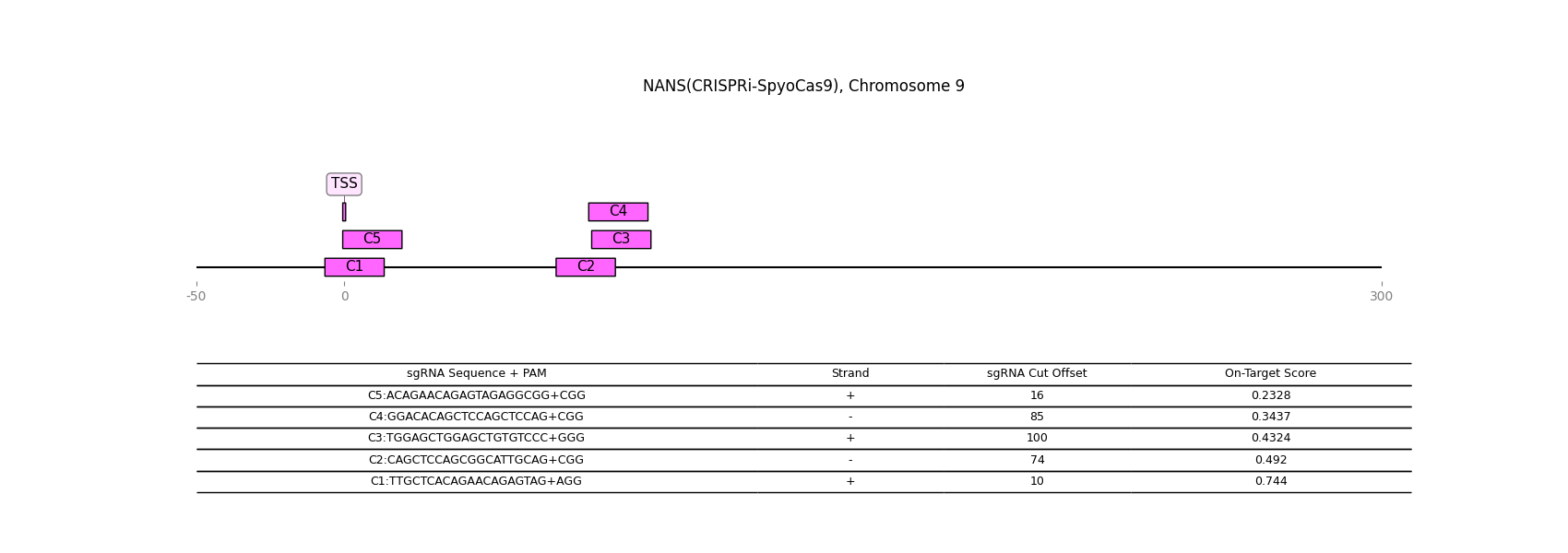Gene Details: NANS
1 / 1
General Information
Gene Name: NANS (N-acetylneuraminate-9-phosphate synthase)
Synonym: SAS
Short Names:
Alternative Names: 3-deoxy-D-glycero-D-galacto-nononate 9-phosphate synthase;N-acetylneuraminic acid phosphate synthase;Sialic acid phosphate synthase;Sialic acid synthase;
Notes:
- N-acetylneuraminic acid phosphate synthase reacts with mannosamine and phosphoenolpyruvate to form Neuraminic acids. It plays a crucial role in the biosynthesis of sialic acids in humans.
- NANS is essential for sialic acid development as the recycling rate of sialic acids in humans is low.
- NANS has been reported to create sialic acid KDN in some cancer contexts.
- Deficiency in NANS activity has been linked to Down's syndrome, and delays in neurological development.
Description from Dr.Glyco-GPT:
Warning: LLMs can generate factually incorrect information, as they simply predict the next word based on training data. Always verify LLM output by cross-checking with reliable sources!
Catalytic Activity

Reaction and Disease Links
KEGG: 54187
Reactome :
R-HSA-4085001
Transcript levels (Cell lines and Single cell data) URL
CRISPR-knockout

CRISPR-activation

CRISPR-inactivation

Transcription factor-gene relationship (details at glycoTF page)
Top 10 TFs
| TF | Score |
|---|---|
| SON | 1.514286 |
| RBM39 | 1.513301 |
| TCF25 | 1.509591 |
| HNRNPK | 1.498249 |
| SRSF3 | 1.470092 |
| PCBP2 | 1.465790 |
| XRCC5 | 1.458504 |
| PCBP1 | 1.446446 |
| UBE2I | 1.437611 |
| SFPQ | 1.429554 |
Licensing: CC BY 4.0. You are fee to copy, redistribute, remix, transform and build upon all material, except for textbook figures from the Essentials.